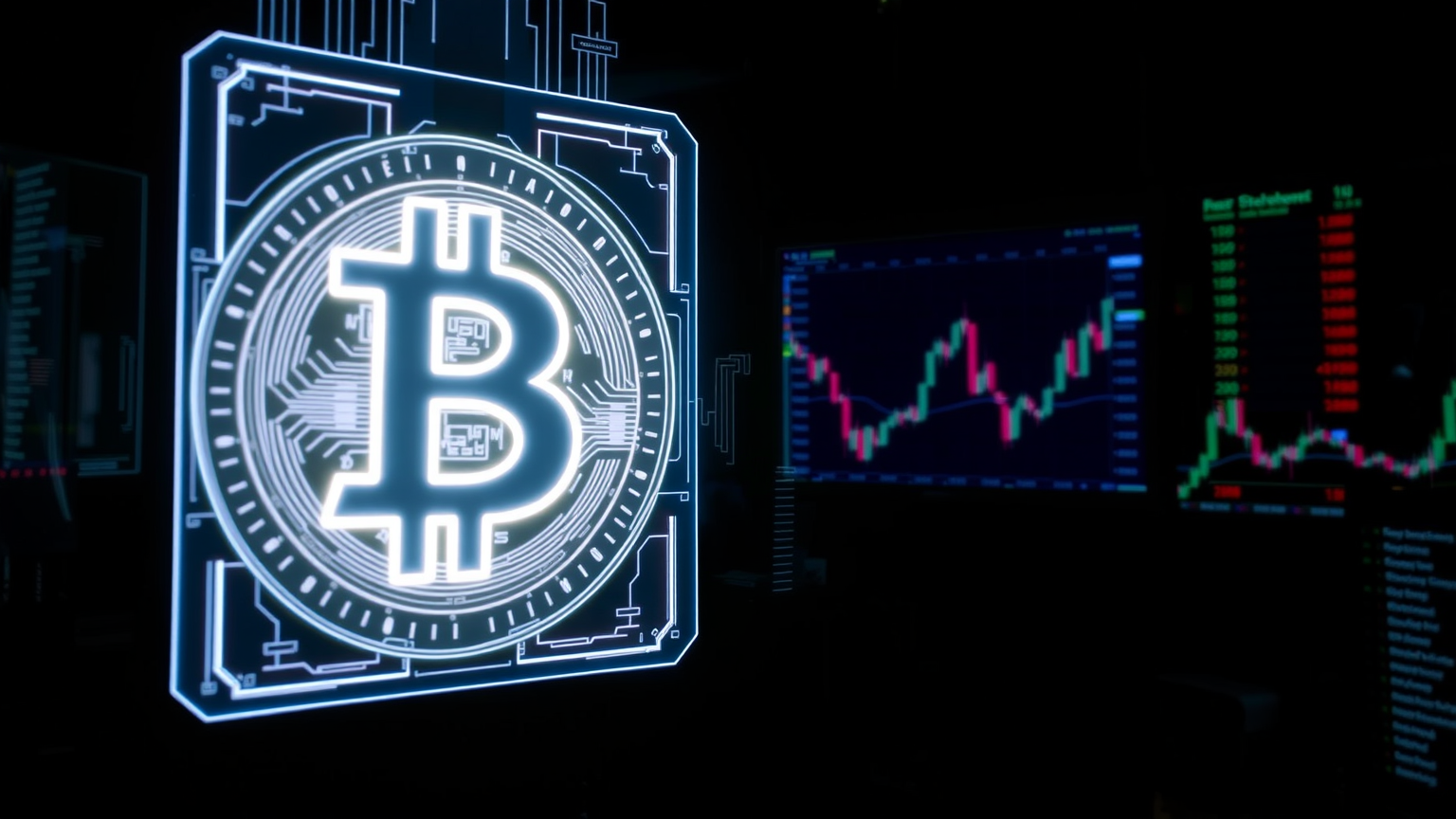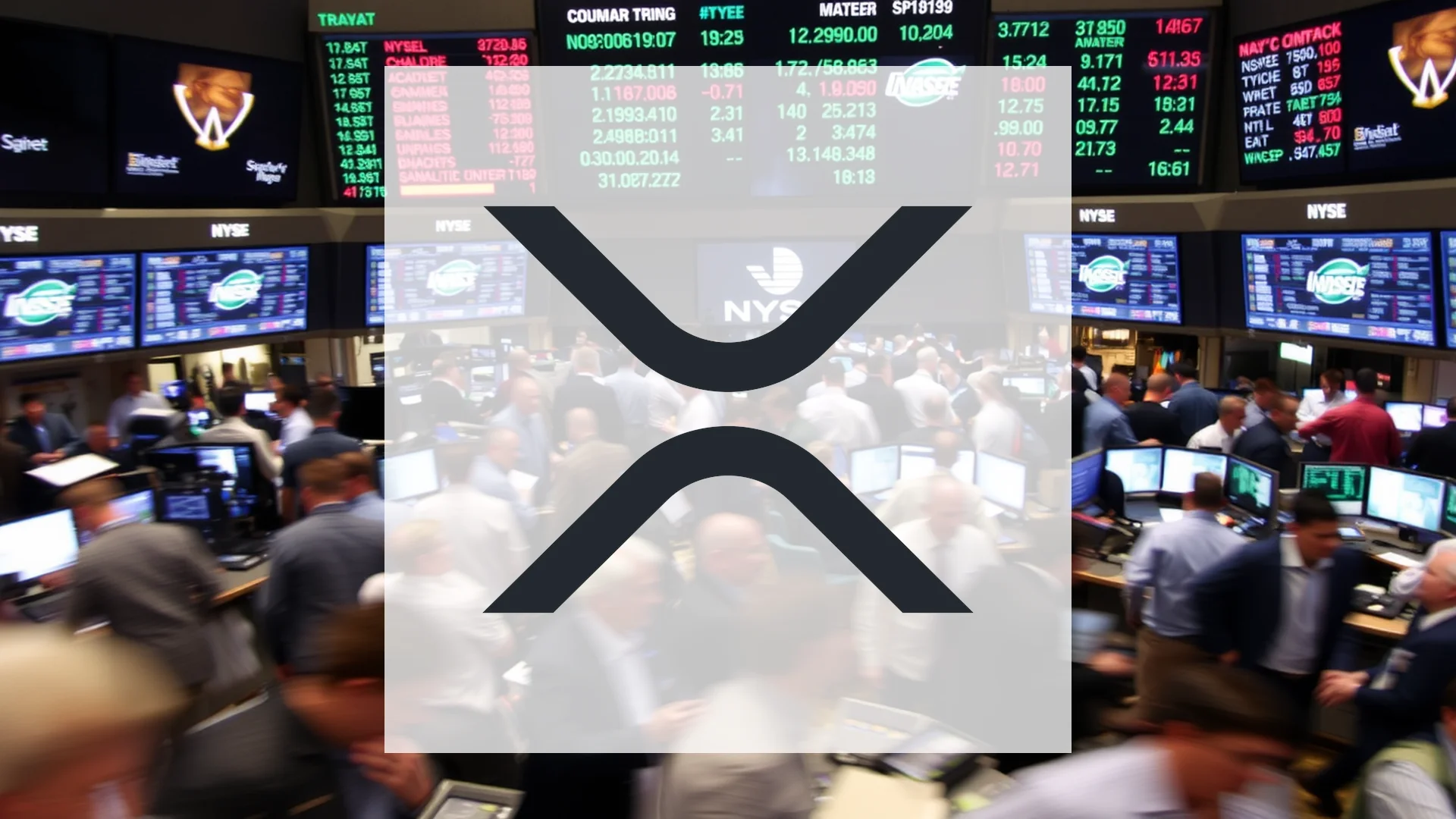The Ethereum network currently faces simultaneous challenges across multiple domains. While its technological advancements continue to impress, price action shows signs of fatigue, and an unusual alliance is forming to protect its decentralized foundations. Is the world’s second-largest blockchain approaching its most critical test?
Regulatory Challenges Spark Unprecedented Collaboration
In a significant development for the ecosystem, seven major Ethereum protocols have united to form the “Ethereum Protocol Advocacy Alliance.” Industry leaders including Aave Labs, Curve, and the Uniswap Foundation are joining forces to protect protocol-level neutrality against increasing regulatory pressures. This coordinated lobbying effort signals a maturation of the ecosystem, presenting a unified front as regulatory scrutiny over cryptocurrency intensifies globally.
Defending DeFi Dominance Amid Growing Competition
Despite maintaining a commanding 67.65 percent market share in decentralized finance, Ethereum faces mounting pressure from competitors. Layer-1 alternatives and Ethereum-native Layer-2 solutions like Arbitrum and Optimism are processing millions of daily transactions, significantly reducing congestion on the main network.
The fundamental strength of Ethereum’s DeFi ecosystem remains evident through protocols such as Uniswap, Aave, and Lido, which continue to secure billions in locked assets. This remarkable liquidity resilience points to sustained institutional confidence despite market volatility.
Should investors sell immediately? Or is it worth buying Ethereum?
Technological Evolution Faces Validator Concerns
The recently implemented Pectra upgrade delivered crucial enhancements to wallet functionality and staking capabilities. However, the upcoming Fusaka upgrade scheduled for December could prove even more transformative. Through PeerDAS and flexible blob increases, Ethereum aims to democratize node operation while advancing scalability.
These technological improvements arrive amid concerning network metrics. For the first time since April 2024, the number of active validators has dropped below one million, raising questions about network security. On a positive note, 29 percent of total ETH supply remains locked in staking—indicating substantial long-term confidence from participants.
Market Dynamics Reflect Underlying Strength
From a technical analysis perspective, Ethereum currently faces resistance in the $3,600-3,650 range while finding support between $3,350-3,400. Recent price volatility demonstrates market nervousness, yet network activity tells a different story: over 1.5 million daily transactions continue with stable fees averaging approximately $0.36 per transaction.
The critical question remains whether Ethereum can translate its technological leadership into sustainable growth. With the competitive landscape intensifying and the pivotal Fusaka upgrade approaching in December, the network stands at a potential inflection point that could determine its future trajectory.
Ad
Ethereum Stock: Buy or Sell?! New Ethereum Analysis from November 13 delivers the answer:
The latest Ethereum figures speak for themselves: Urgent action needed for Ethereum investors. Is it worth buying or should you sell? Find out what to do now in the current free analysis from November 13.
Ethereum: Buy or sell? Read more here...










